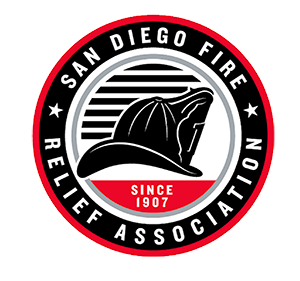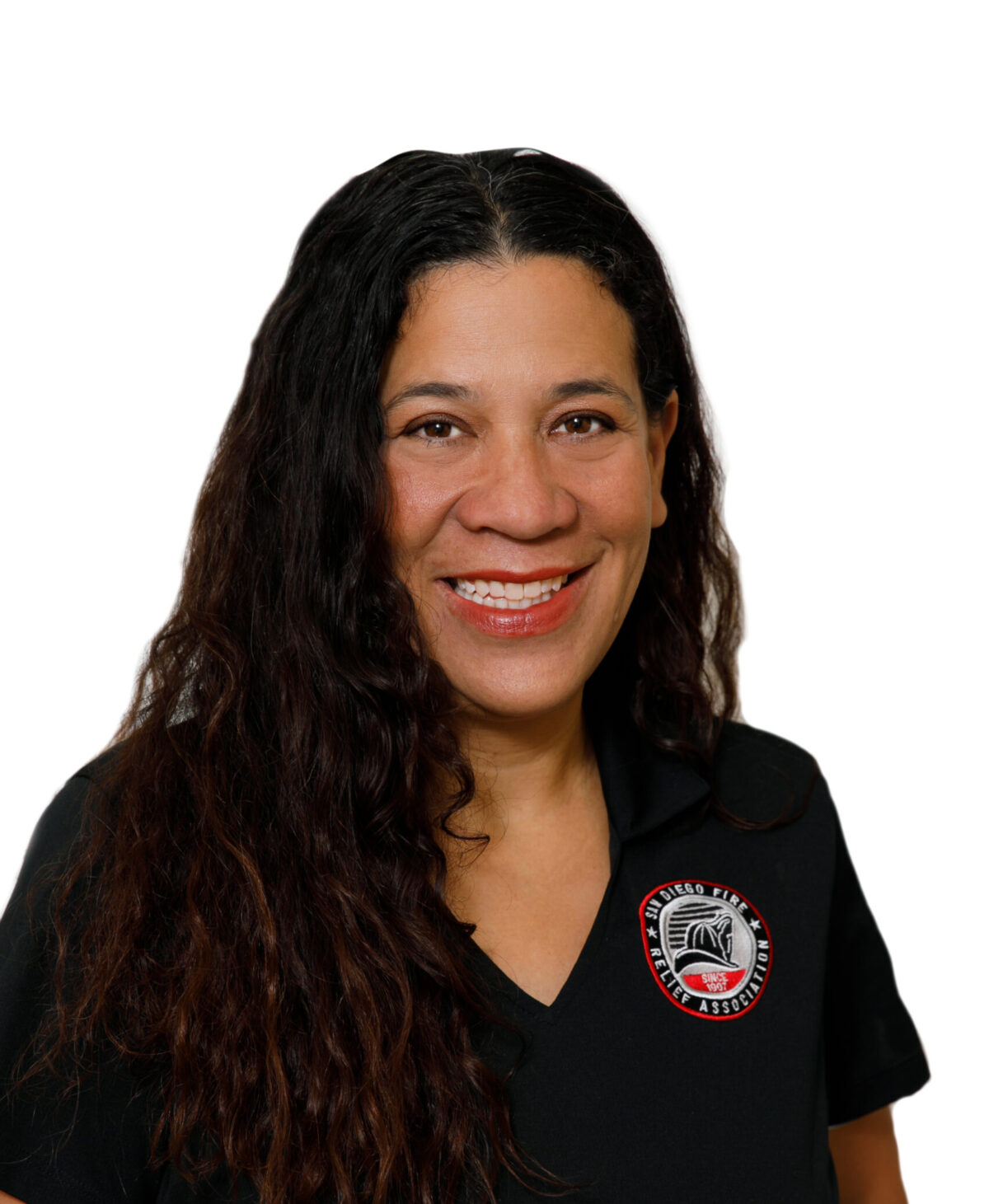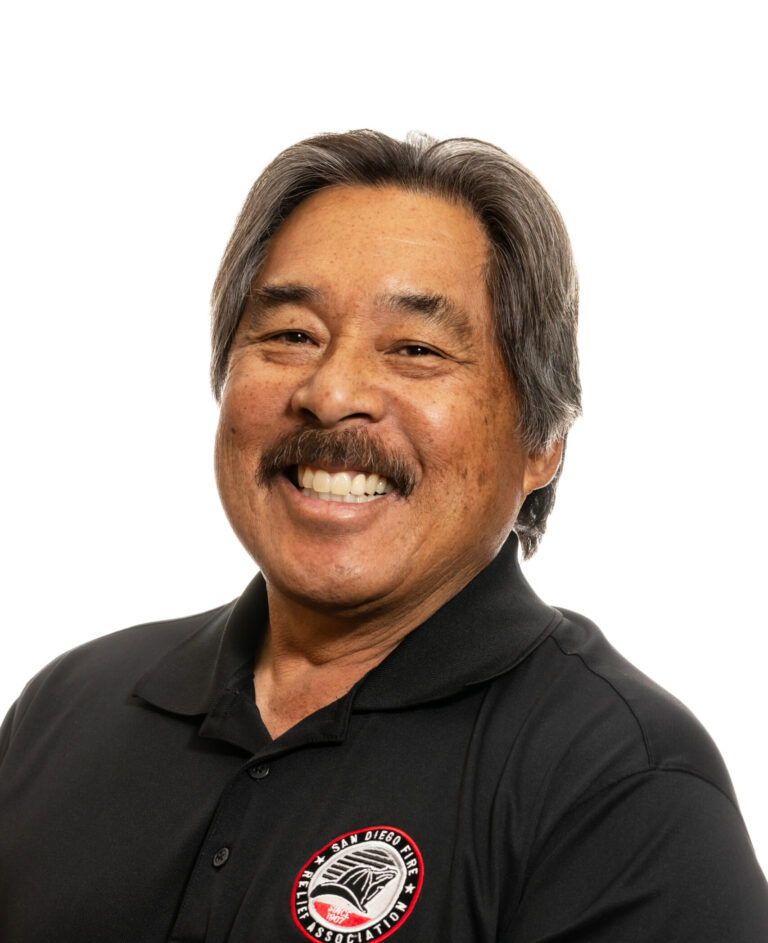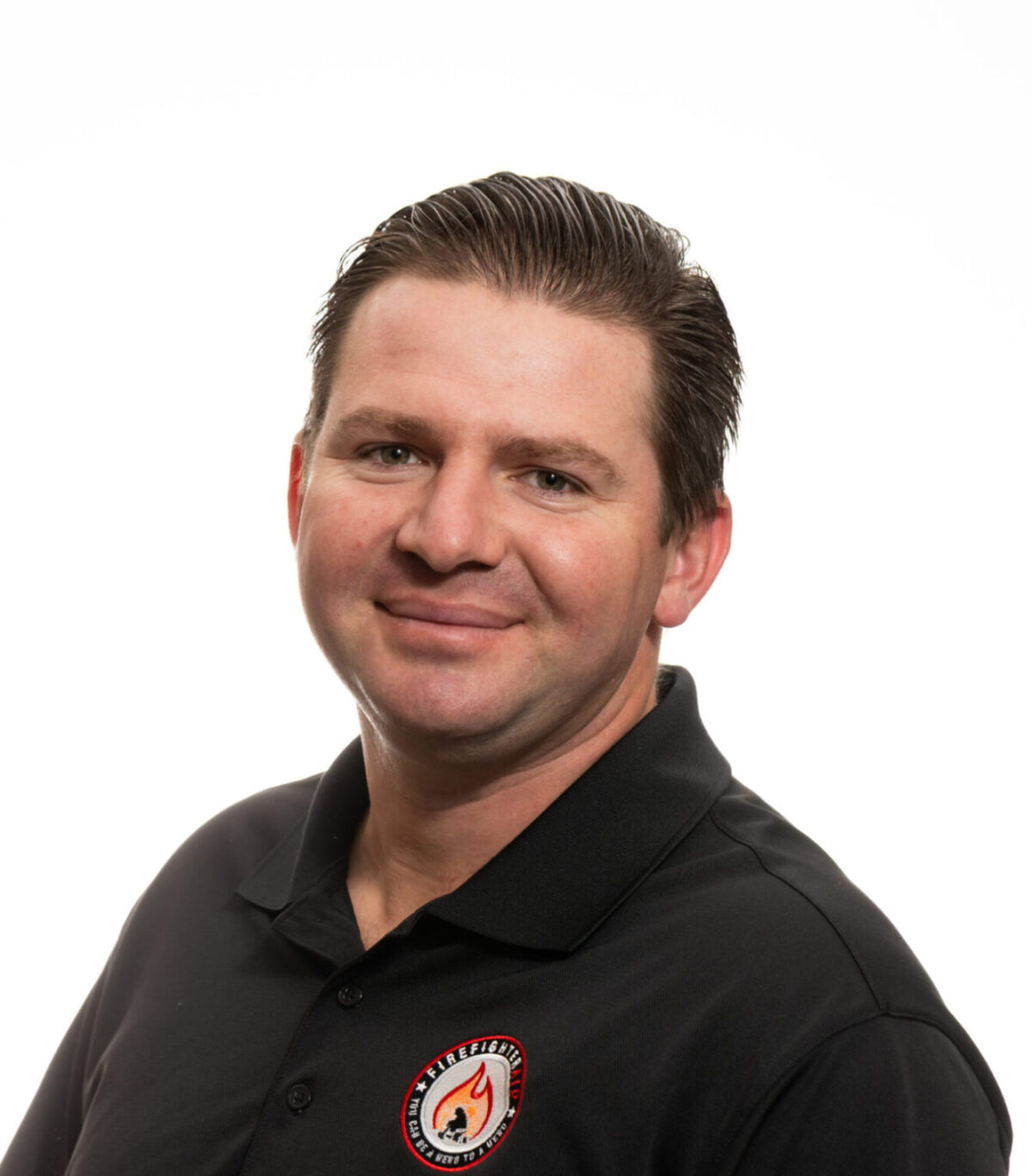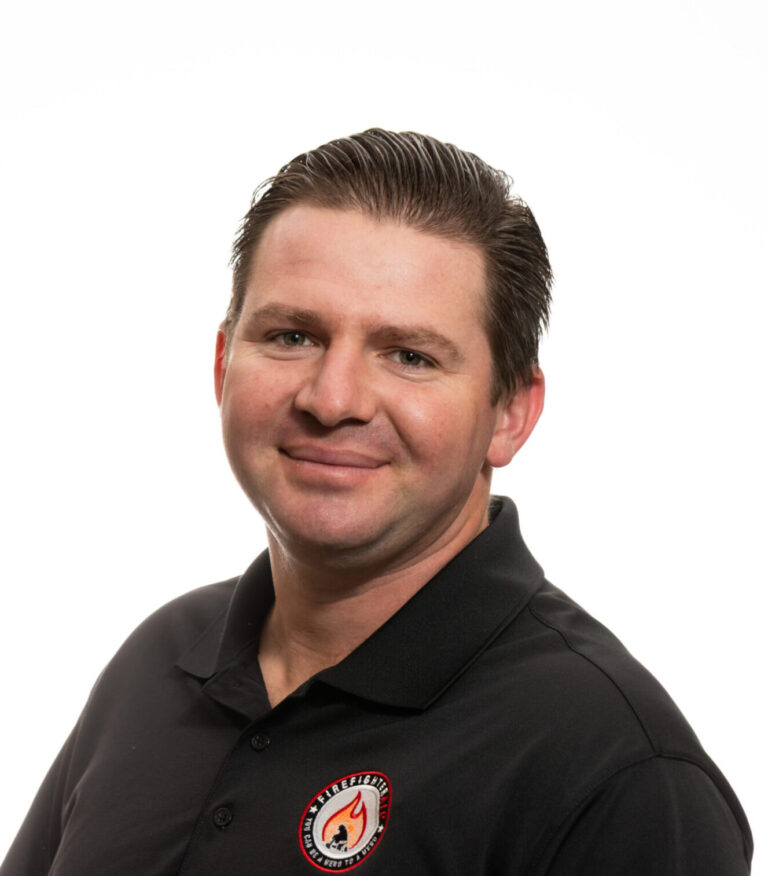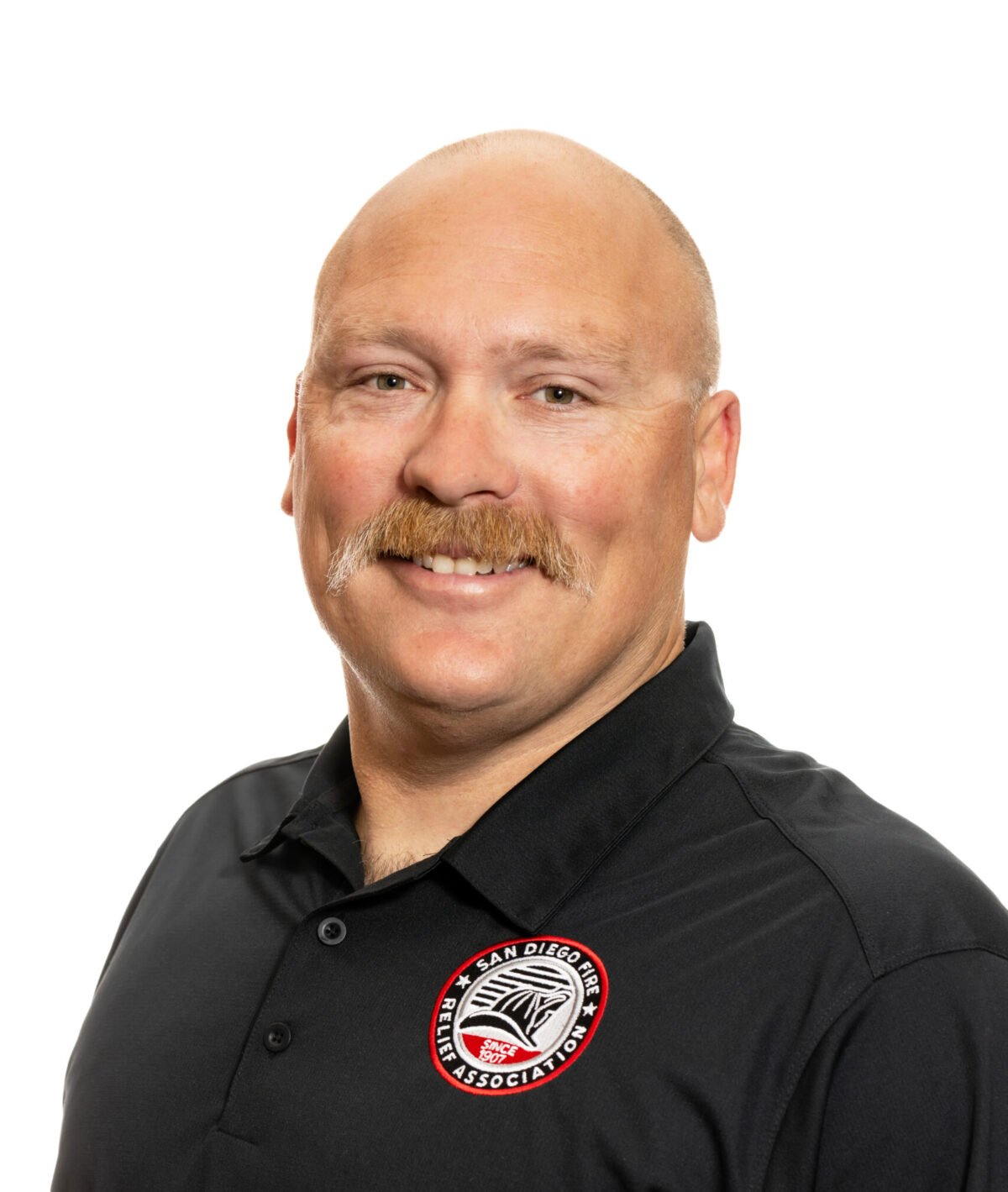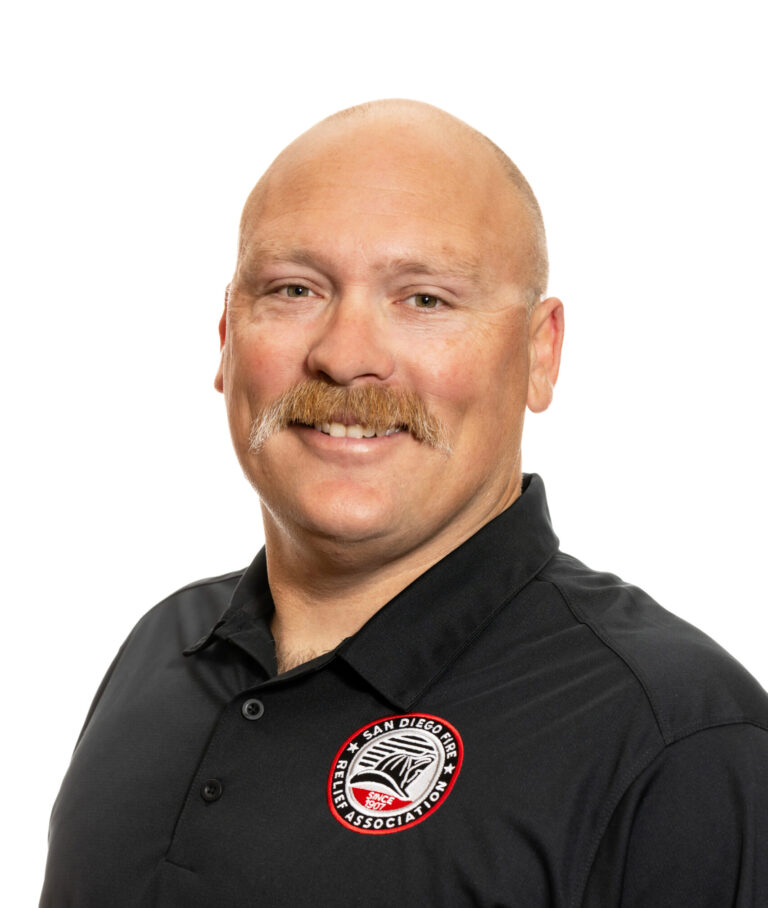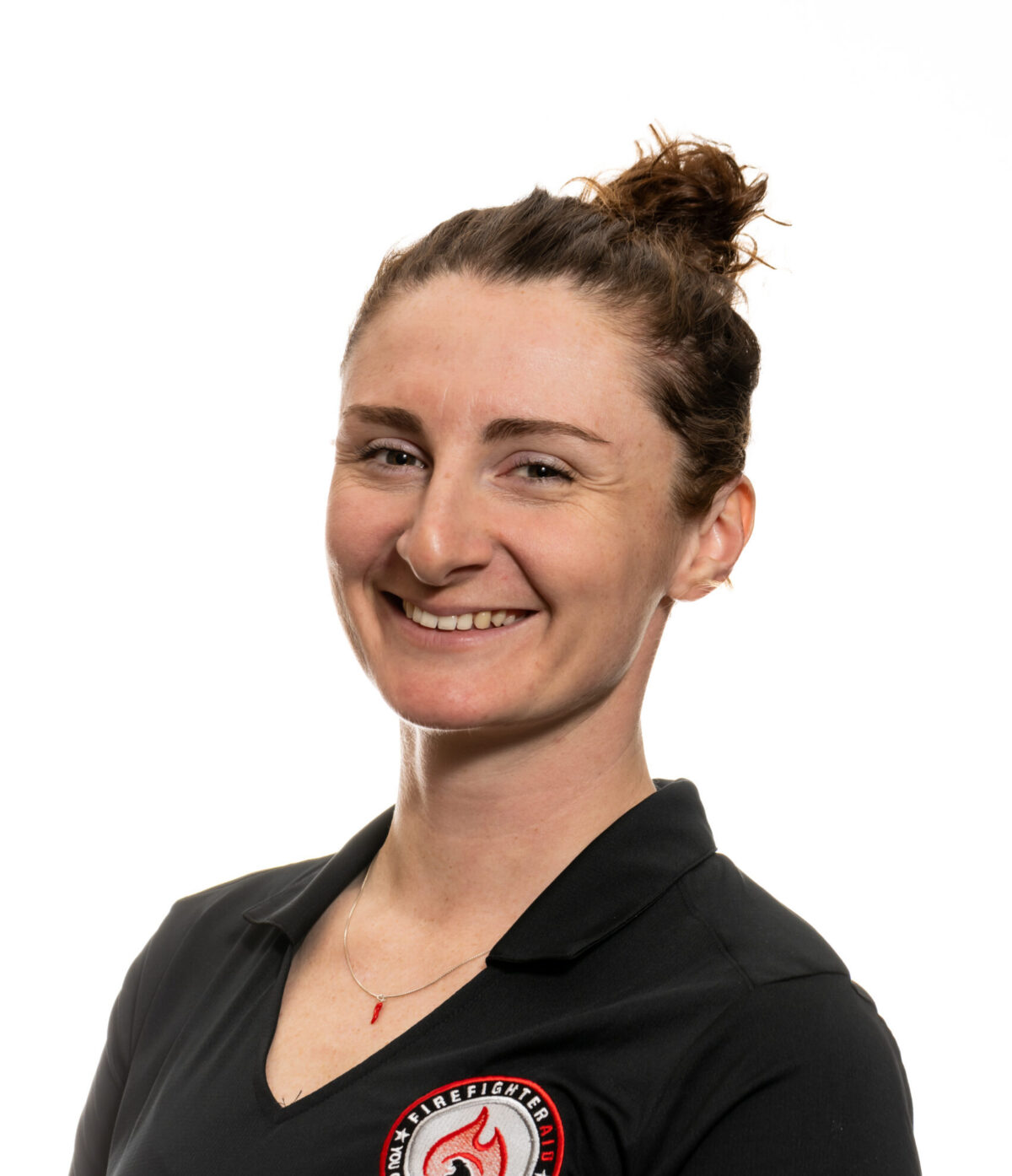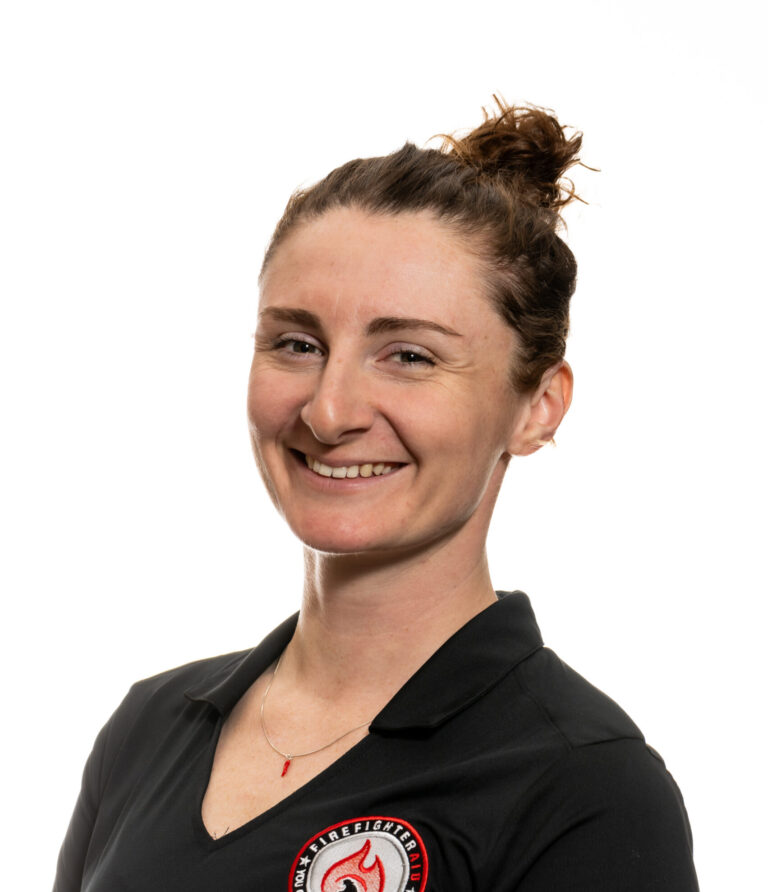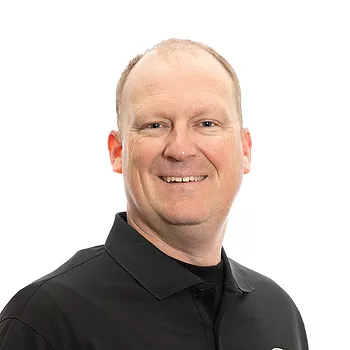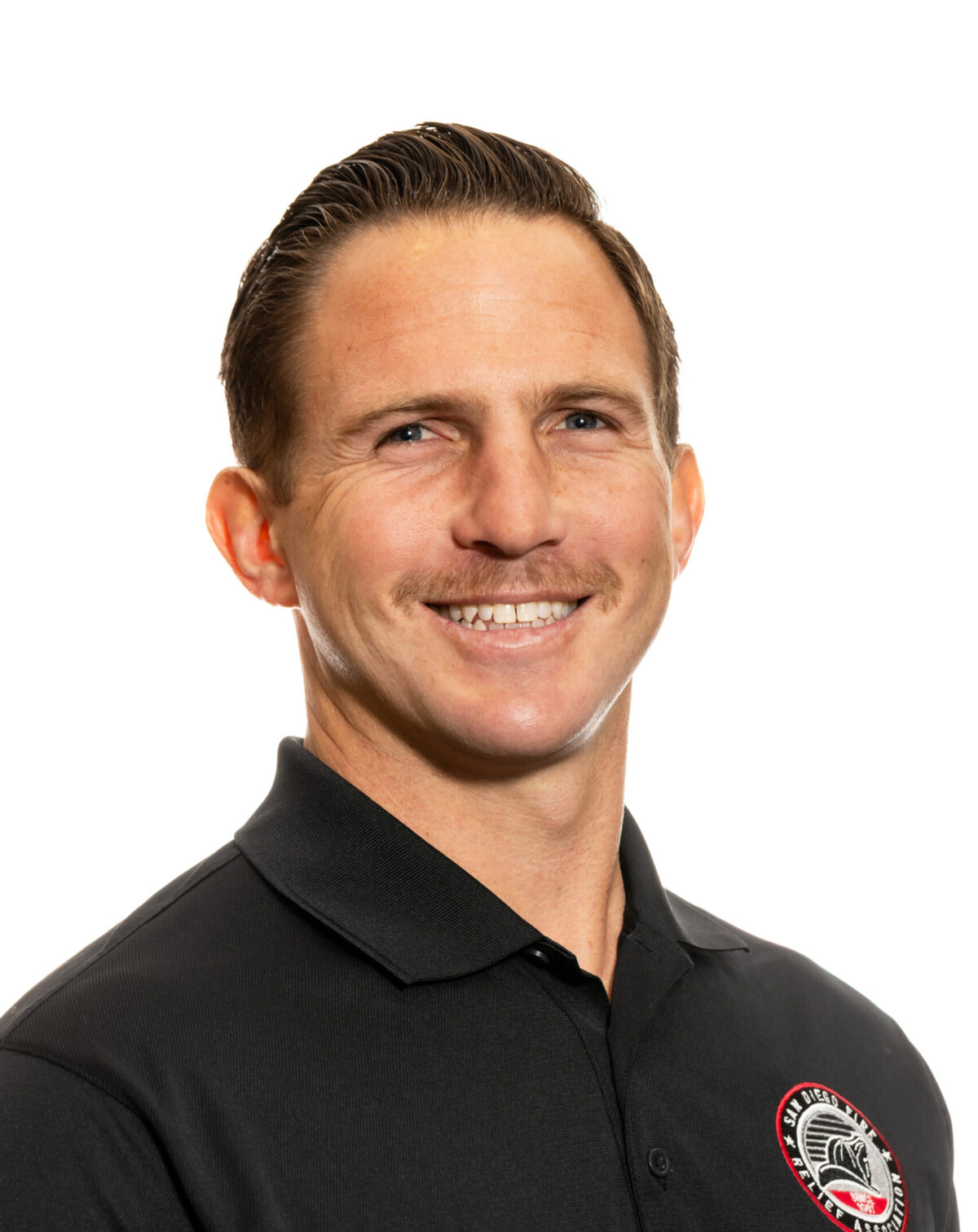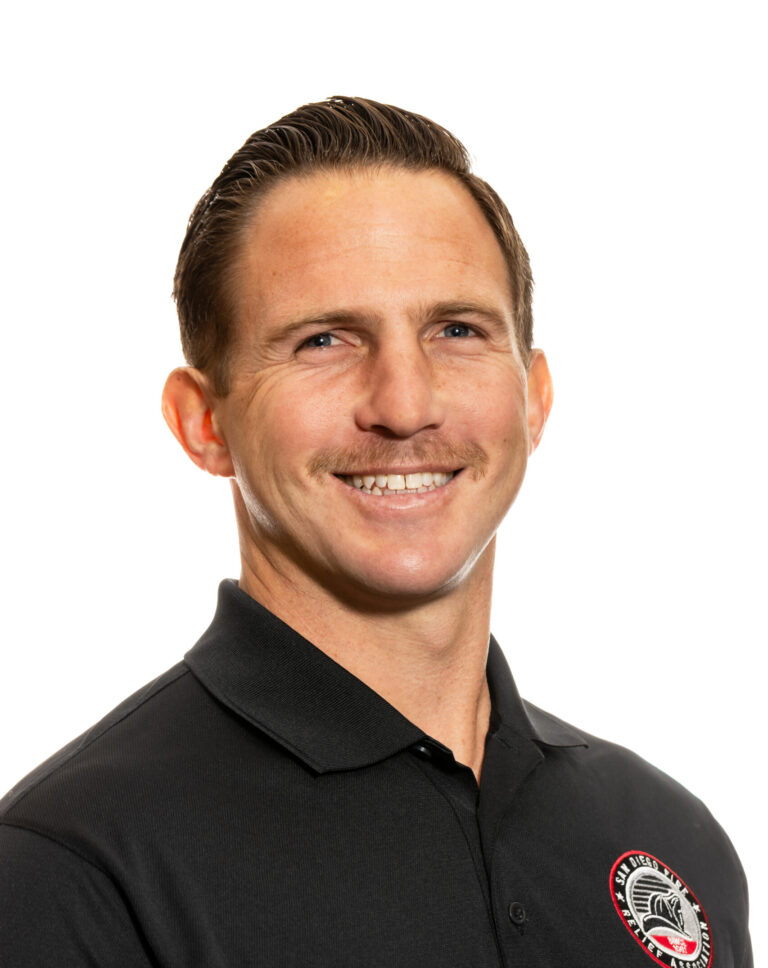
Jamie Inn
Community Programs Coordinator
Hometown: Springfield, Oregon
Why FFAid: A combination of things! From a professional standpoint, I was seeking a career change that offered greater alignment with my passion for integrating mental health into company culture while leveraging my community outreach skills. A friend told me about FirefighterAid and after learning about the organization’s long-standing traditions, mission and increased focus on firefighters’ mental health, I knew this was the place to help make a difference. On a personal level, getting to know the Board of Directors and firefighters during station visits had sparked reflections on the Holiday Farm Fire of 2020 near my hometown, which ranks among the largest wildfires in Oregon’s history. Firefighters from all over Oregon and California worked tirelessly to protect the small communities along the McKenzie River. The fire spread to a hillside only a mile away from my family’s home, but thanks to the efforts of the fire service, they remained safe. I am grateful for those firefighters’ efforts back then, and continue to be amazed at all the things firefighters do to protect and serve our communities daily. It’s a privilege to be a part of the FirefighterAid team!
A person who inspires you the most: Right now I’d say my grandmother. During a recent trip back home, I took my grandma out for coffee and she shared a project she’s been working on to create a book of her life story to gift our family. She shared some of the tragedies and grief she’s experienced in life–including a logging camp fire in the 1950s that took the lives of her first born twins–and how those experiences, as devastatingly painful as they were, led her to create a women’s support group at church and ultimately shaped her into the person she is today. “At 92 years old I can say I love who I am, and I’d go through all of the pain again if I meant I could help someone else.” That level of compassion and grace is something to aspire to.
How do you give back: Outside of FirefighterAid, I teach community-based yoga classes and volunteer for organizations like I Love a Clean San Diego, Wildcoast and the New Children’s Museum.
Tell us something about yourself: I enjoy exploring the great outdoors, anything near the ocean, Shark Week, track & field, traveling, creative writing, classic rock, vintage treasures, snuggling my senior cat and almond croissants with coffee.
